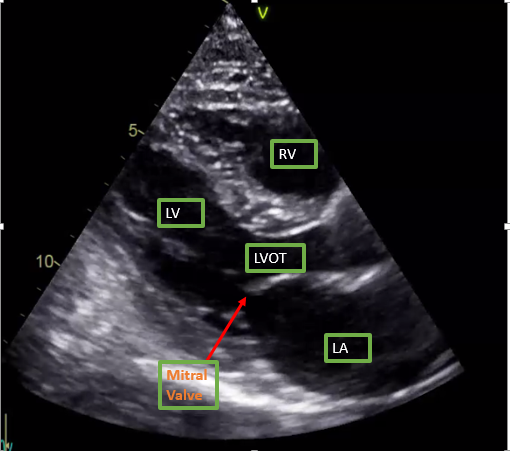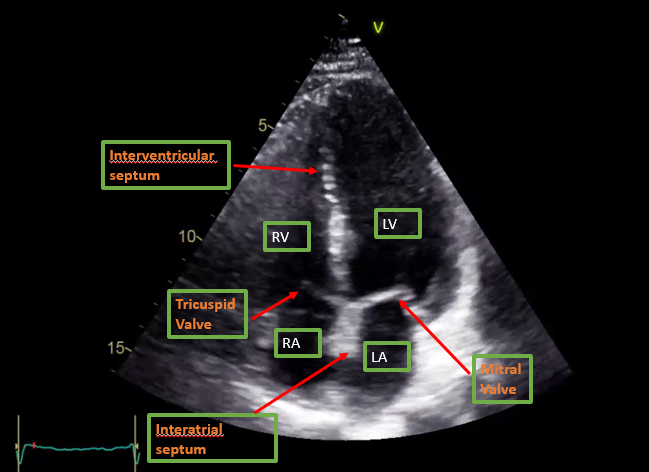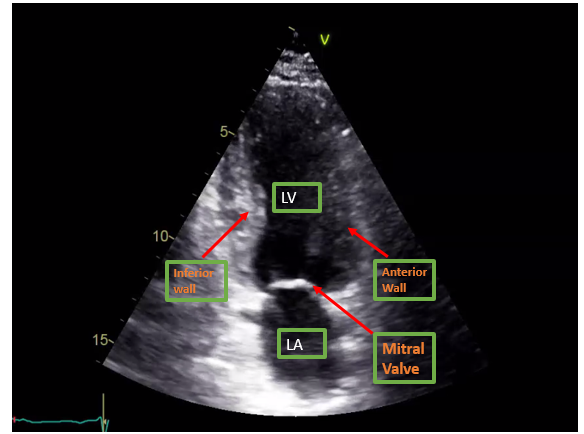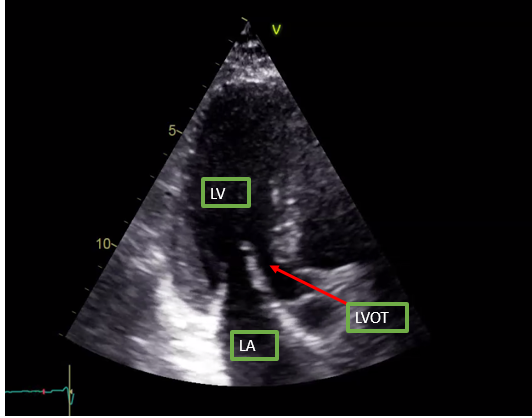[1]
Nixdorff U. The inaugurator of transmitted echocardiography: Prof. Dr Wolf-Dieter Keidel. European journal of echocardiography : the journal of the Working Group on Echocardiography of the European Society of Cardiology. 2009 Jan:10(1):48-9. doi: 10.1093/ejechocard/jen233. Epub 2008 Oct 15
[PubMed PMID: 18922817]
[2]
Acierno LJ, Worrell LT. Inge Edler: father of echocardiography. Clinical cardiology. 2002 Apr:25(4):197-9
[PubMed PMID: 12000080]
[3]
Mitchell C, Rahko PS, Blauwet LA, Canaday B, Finstuen JA, Foster MC, Horton K, Ogunyankin KO, Palma RA, Velazquez EJ. Guidelines for Performing a Comprehensive Transthoracic Echocardiographic Examination in Adults: Recommendations from the American Society of Echocardiography. Journal of the American Society of Echocardiography : official publication of the American Society of Echocardiography. 2019 Jan:32(1):1-64. doi: 10.1016/j.echo.2018.06.004. Epub 2018 Oct 1
[PubMed PMID: 30282592]
[4]
Thomas JD. Doppler echocardiographic assessment of valvar regurgitation. Heart (British Cardiac Society). 2002 Dec:88(6):651-7
[PubMed PMID: 12433911]
[5]
Rao G, Sajnani N, Kusnetzky LL, Main ML. Appropriate use of transthoracic echocardiography. The American journal of cardiology. 2010 Jun 1:105(11):1640-2. doi: 10.1016/j.amjcard.2010.01.026. Epub
[PubMed PMID: 20494676]
[6]
American College of Cardiology Foundation Appropriate Use Criteria Task Force, American Society of Echocardiography, American Heart Association, American Society of Nuclear Cardiology, Heart Failure Society of America, Heart Rhythm Society, Society for Cardiovascular Angiography and Interventions, Society of Critical Care Medicine, Society of Cardiovascular Computed Tomography, Society for Cardiovascular Magnetic Resonance, American College of Chest Physicians, Douglas PS, Garcia MJ, Haines DE, Lai WW, Manning WJ, Patel AR, Picard MH, Polk DM, Ragosta M, Parker Ward R, Weiner RB. ACCF/ASE/AHA/ASNC/HFSA/HRS/SCAI/SCCM/SCCT/SCMR 2011 Appropriate Use Criteria for Echocardiography. A Report of the American College of Cardiology Foundation Appropriate Use Criteria Task Force, American Society of Echocardiography, American Heart Association, American Society of Nuclear Cardiology, Heart Failure Society of America, Heart Rhythm Society, Society for Cardiovascular Angiography and Interventions, Society of Critical Care Medicine, Society of Cardiovascular Computed Tomography, Society for Cardiovascular Magnetic Resonance American College of Chest Physicians. Journal of the American Society of Echocardiography : official publication of the American Society of Echocardiography. 2011 Mar:24(3):229-67. doi: 10.1016/j.echo.2010.12.008. Epub
[PubMed PMID: 21338862]
[7]
Hillis GS, Bloomfield P. Basic transthoracic echocardiography. BMJ (Clinical research ed.). 2005 Jun 18:330(7505):1432-6
[PubMed PMID: 15961816]
[8]
Prabhu M, Raju D, Pauli H. Transesophageal echocardiography: instrumentation and system controls. Annals of cardiac anaesthesia. 2012 Apr-Jun:15(2):144-55. doi: 10.4103/0971-9784.95080. Epub
[PubMed PMID: 22508208]
[9]
Côté G, Denault A. Transesophageal echocardiography-related complications. Canadian journal of anaesthesia = Journal canadien d'anesthesie. 2008 Sep:55(9):622-47. doi: 10.1007/BF03021437. Epub
[PubMed PMID: 18840593]
[10]
Min JK, Spencer KT, Furlong KT, DeCara JM, Sugeng L, Ward RP, Lang RM. Clinical features of complications from transesophageal echocardiography: a single-center case series of 10,000 consecutive examinations. Journal of the American Society of Echocardiography : official publication of the American Society of Echocardiography. 2005 Sep:18(9):925-9
[PubMed PMID: 16153515]
Level 2 (mid-level) evidence
[11]
Hirano Y, Yamamoto T, Uehara H, Nakamura H, Wufuer M, Yamada S, Ikawa H, Ishikawa K. [Complications of stress echocardiography]. Journal of cardiology. 2001 Aug:38(2):73-80
[PubMed PMID: 11525112]
[12]
Mertes H, Sawada SG, Ryan T, Segar DS, Kovacs R, Foltz J, Feigenbaum H. Symptoms, adverse effects, and complications associated with dobutamine stress echocardiography. Experience in 1118 patients. Circulation. 1993 Jul:88(1):15-9
[PubMed PMID: 8319327]




